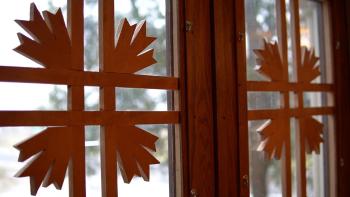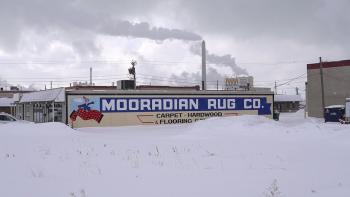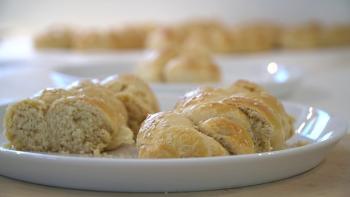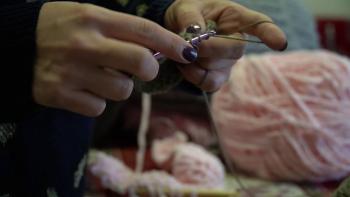Castellani Art Museum of Niagara University
The Folk Arts program of the Castellani Art Museum collaborates with local communities in preserving and presenting their traditional arts. In partnership with Western New York artists and community consultants, the Folk Arts program produces exhibitions, publications, artist demonstrations and performances that bring folk arts to a wider audience. Ongoing ethnographic research also forms the basis of a permanent archive of regional folk arts documentation.
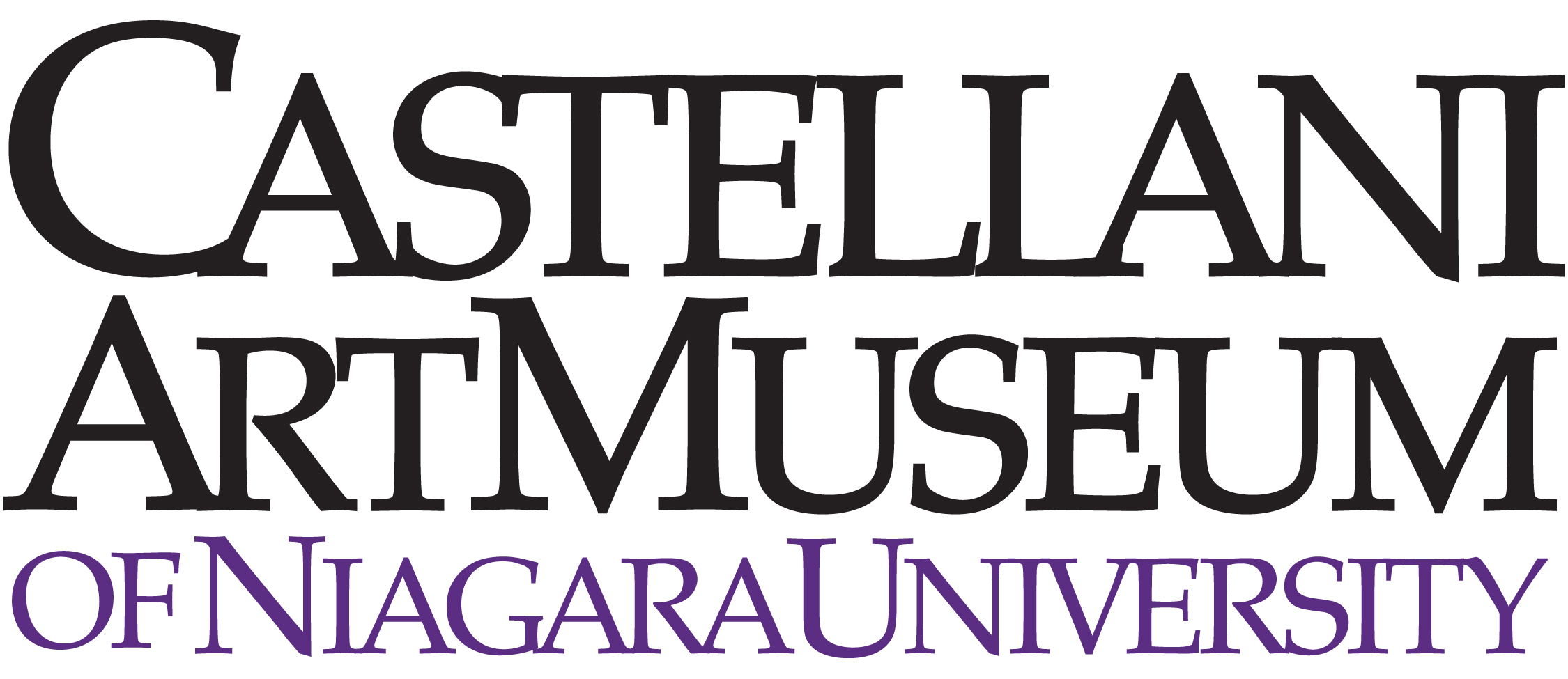

Learn about the role of rice pilaf in Armenian households and community events, and cooking together at St. Hagop Armenian Apostolic Church's kitchen, from Rachele Aversa and Sonya Gregian, two longtime members of the Armenian community in Niagara Falls.
Verbal Arts
Foodways
Learn from longtime carpenter Arthur Garabedian about growing up in the Armenian community in Niagara Falls, teaching carpentry at the renowned Trott Vocational School in Niagara Falls (NY), and his work on local community projects, including the front doors of St. Sarkis Armenian Church, which brightly feature his design of the Armenian cross.
Material Culture
Occupation
Hear about the Mooradian Rug Company from Tony Mooradian Jr., Mike Petrosian, and Tom Mooradian. Founded in 1948, the Mooradian Rug Company is one of the longest continuing Armenian family-owned businesses in Western New York.
Occupation
Learn about choreg (an Armenian sweet bread often eaten for Easter), the unique taste and aroma of mahlab (mahleb), and the importance of maintaining Armenian traditions for future generations from Lisa Ohanessian Mies & Lori Ohanessian Hurtgam, who learned to make choereg from their grandmother Barbara Aloian.
Foodways
Learn from Mary Movesian about the different types of needlework arts she learned growing up in Armenia: from lace-making and embroidery to crochet and knitting.

